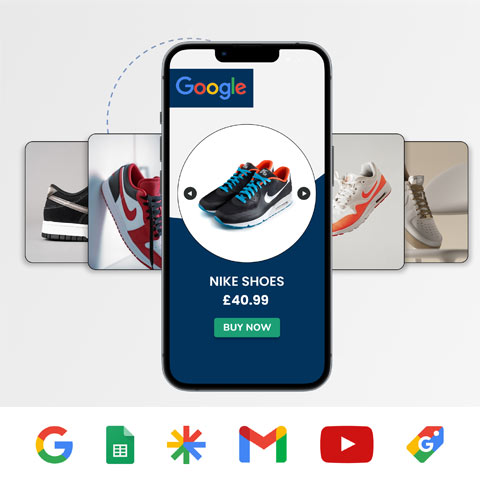1. Focus on the “right” customers
Amy Gallo, a Harvard Business Review editor, promotes targeting specific consumers, arguing that a high churn rate is often the result of poor customer acquisition efforts. Industries that promote price as a differentiator often see this, attracting deal seekers who quickly bail when they find better offers elsewhere. Gallo zeroes in on Groupon’s business model, which relies on enticing new customers with heavy discounts, only to see them disappear once the deals are done.
Another HBR article recommends pursuing what authors Patrick Spencer and Karen Freeman call “sticky” customers - those “likely to follow through on an intended purchase, buy the product repeatedly, and recommend it to others” - rather than casting a net far and wide for anyone with a pulse.
Marketing entrepreneur Seth Godin also warns against trying to engage with just anyone. Attempting to be all things to all people will never get you anywhere. Instead, he advises, commit to your smallest viable audience: “Your opportunity is to connect people who want to be connected."
2. Keep it simple
How do you attract sticky consumers? Keep the decision-making process easy, according to Spencer and Freeman. After considering 40 variables, including price, customers’ perceptions of a brand, and how often consumers interacted with the brand, the authors conclude that the “biggest driver of stickiness, by far, was ‘decision simplicity.’”
To keep things simple, the article recommends that brands:
- Aid navigation by not sending consumers down unnecessarily confusing purchase paths
- Build trust by providing clear information
- Make it easier for customers to weigh options with buying guides containing side-by-side brand or product comparisons
3. Deliver excellent customer service
Forbes points to a study showing that customers favour “fast shipping, easy and fast returns, expertise, knowledge and personalisation, among the top reasons to make repeat purchases from retailers.” In other words, they like good customer service.
One significant component to good customer service in the digital age, of course, is about creating an exceptional experience on your website. With customers increasingly turning to online self-service offerings, elevated site search functionality is particularly crucial, especially in light of a Forrester report showing that 68% of people would not return to a site that provided a poor search experience. Invest in exceptional site search and reap the benefits in repeat business from valuable customers: the 15% of customers who use site search account for an estimated 45% of e-commerce revenue.
4. Respond to reviews
Finally, if you solicit customer reviews, pay attention to them. The way you engage with customers after a frustrating experience is often the make-or-break moment that determines whether or not they return.
Yext research shows that businesses that respond to 60% of reviews see an average .28 increase in their star rating. And as noted in a previous post, “This elevates your reputation online - particularly in search results. Listening and responding to reviews helps you retain more customers, raise your star rating and showcase your business to potential new customers.”
In the end, an increase in your churn rate is a sign that something needs to be addressed. As HBR’s Gallo writes, “The idea is that when you know that more customers or subscribers are cutting ties with your firm, you can work to adjust your marketing strategy or customer service approach.”









![[Research] Apps: The Secret Engine of Ecommerce Growth [Research] Apps: The Secret Engine of Ecommerce Growth](https://images.bizibl.com/sites/default/files/apps-and-web-similarweb-480.jpg)



